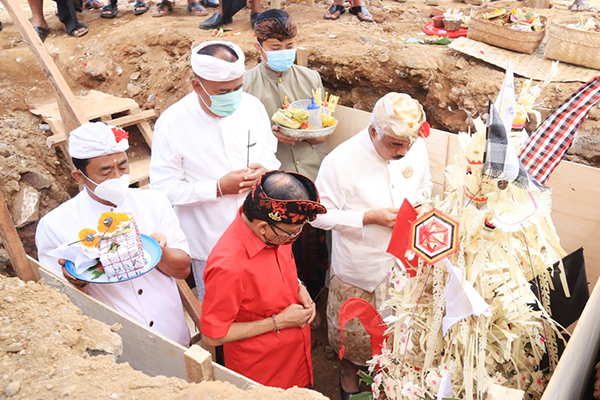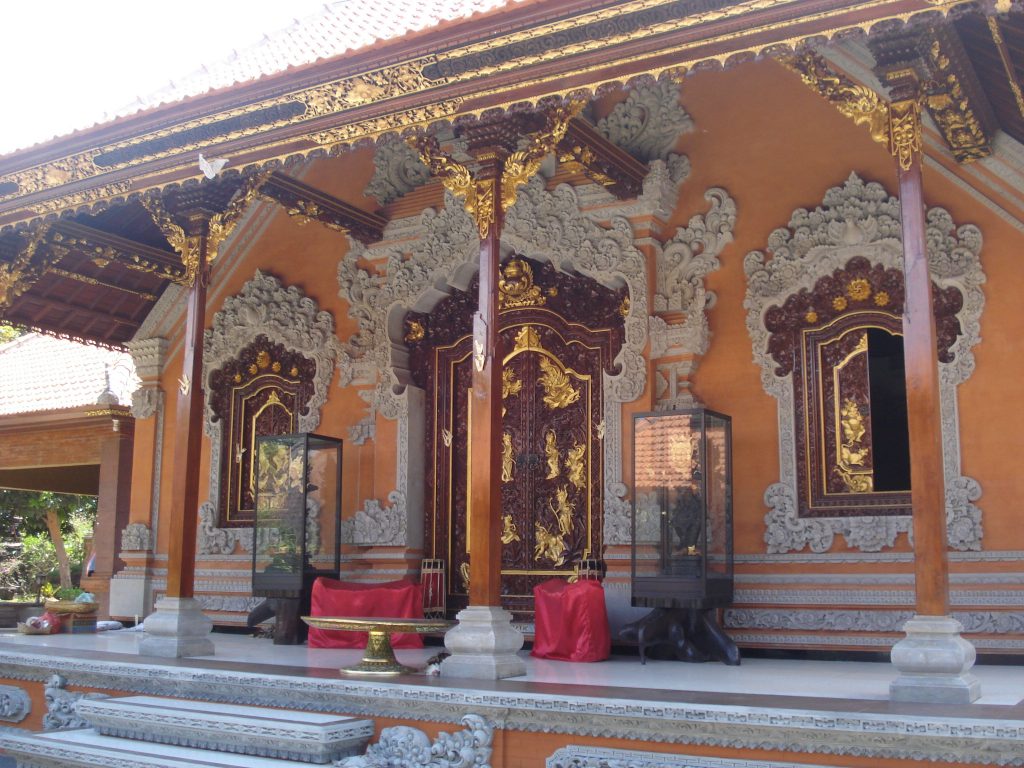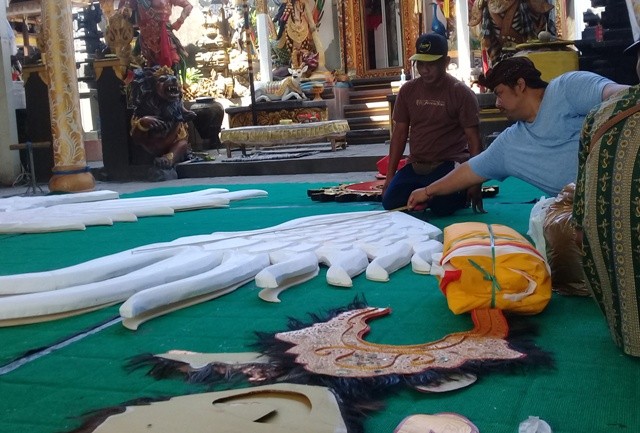Balinese have unique traditional houses like other regions in Indonesia such as the Javanese traditional house. Their characteristics house, you will never found it in other regions. Most of them based on Balinese custom culture’s characteristics that influencing by Hinduism.
Most Balinese keep their custom culture for since long time ago and still exist until now. The culture reach in most of the Balinese segments includes their traditional house. If you are ever visiting Bali, you will find that there are so many traditional houses there.
Now, we will give you some glances about traditional Balinese houses that still exist. Check them below!
1. Attached by Hinduism
Traditional Balinese houses are commonly strongly attached by Hinduism. The Tri Hita Karana, Tri Mandala, Sanga Mandala, Asta Kosala, and Arga Sagara have to be part of this house. As Hinduism, they believe that their house also has a connection to God.

The purpose of Hinduism attachment is to find harmony in life based on the facts of Hinduism in Bali. The house should be dynamically goals to achieve among the Pawongan, Palemahan, and Parahyangan.
2. Sacred Ritual
Before building the house and the first milestone, there must be a sacred ritual from the Balinese called Nasarin. They will ask their God to get the blessing for gratitude, wealth, health, and a steadier house in a long time.

Nasarin is not only held by the owner of the house but also for the worker. The worker will hold a ritual called the Prayascita ceremony. This ritual for workers aims to ask for safety from God during the process of building a house.
3. Building Material
Building materials in a building Balinese traditional houses symbolized as their caste in society. That caste based on the Hinduism society starts from Brahmana, Ksatria, Vaisya, and Sudra.

The building materials come in different ways. For example, for them, that daily lives as a farmer will build the house by the clay. On the other hand, for other higher caste such as the Brahmana will use some good bricks.
4. Harmony With Nature
One thing that becomes the most incredible characteristics in Balinese traditional house is about harmony with nature. Using one of the concepts from Hinduism, they believe that their house also must be built towards harmony with nature.

From Hinduism perspective, harmony means as the dimensional aspect from the good relationship among the environment, human, and God.
5. The Tidier of Zone Rooms
Every room in Balinese traditional house has a tidier zone that took from the Hinduism philosophy of Tri Angga. This philosophy has three levels of balanced which consist of the Utama as the highest, Madya as the middle, and Nista as the lowest.

But, as time goes by the zone rooms took the principal living. They are consist of the public space, semi-public, and private place.
6. The Spiritual Wall
Commonly the wall becomes the line of the function at the building of the house. But, for Balinese, the wall becomes the spiritual things to avoid some bad things that may happen to their home. That is why you will find so many big walls in the traditional Balinese house.

As the modernizations come, the wall design with so many ornaments. Most of them even decorate the wall with some flowers, craving in a traditional Balinese statue, and many more so that you can feel the spiritual experiences in Bali.
7. A Little Pura
In every traditional Balinese house, there must build at least one little Pura around the house. Pura becomes the most sacred place in Hinduism for praying and ask their wish to God.

Pura also becomes the place for Balinese respect for their ancestors. They believed them who have preceded and upheld the relationship with the Creator.
8. Parts and Functions
Balinese’s traditional house has unique parts and different functions. Every part should be fulfilled on its, and they believed something may happen if avoiding this rule. That is why every house complete with the basic parts of the traditional house.

Commonly, every part of this house consist of the Angkul-Angkul for the gate, Aling-Aling for the wall, Bale Daja for the householder bedroom, Bale Dauh for the son bedroom, Bale Sakepat for gazebo, Bale Dangin for custom ritual, Pawaregen for kitchen, Lumbung for safe the harvest, and Bale Dead for welcoming the guest.
9. Balinese Fengshui
The layout of Balinese’s traditional house must be made based on Balinese Fengshui. The Fengshui also have not to contradict with Hinduism. That is why every Balinese’s traditional house must be built referring to this custom culture.

Commonly, in Bali, the north-east becomes the sacred place. That is why the Pura should be built there. On the other hand, the south-west becomes the place for welcoming guest or public space for other duty.
10. Using the Undagi’s Architect
Using the Undagi’s architect in Balinese traditional house is a must to do while building a Balinese’s traditional house. Undagi is the special Balinese architect that uses for their house as part of the history of Balinese architecture. Their service is important to build the house with the custom culture behind it.

Becomes an Undagi in Bali must be equipped with engineering skills. They also have to master the art, Balinese custom culture, and religion. In the process of building the house, an Undagi must be using his skill, which as the same way with Tri Hita Karana and Asta Kosala Kosali.
So, there are some glances about the Balinese traditional house that still exists until now. As the most beautiful cities in Indonesia, you better visit the house once in a while.
